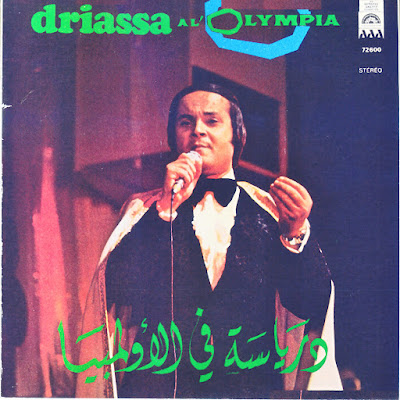מוזיקת נשמה / גיורא פיידמ
GIORA FEIDMAN / "JEWISH SOUL MUSIC''
Hed-Arzi, 1972, BAN 14297
My father (who went abroad for his work sometimes) brought back this exceptional album when I was still a kid in the early seventies.
G. Feidman was born in Argentina in 1936 in a musical family originating from Bessarabia. His father, grandfather and great-grandfather were musicians playing mostly for weddings. He went to Israel when he was twenty and stayed there as a professional musician with the Israel Philarmonic Orchestra. He became a renowned clarinet player and his discography is huge.
Here he plays with Ami Frenkel on electric bass and Yossi Levi on guitar, a perfect combination that highlights Feidman's powerful playing. Most of the tunes are traditional including superb melodies like Yah Ribon or Shalom Aleichem. I think it's difficult not to enjoy his music, the dynamics and mastering on the instrument above all his work on the reed.






































